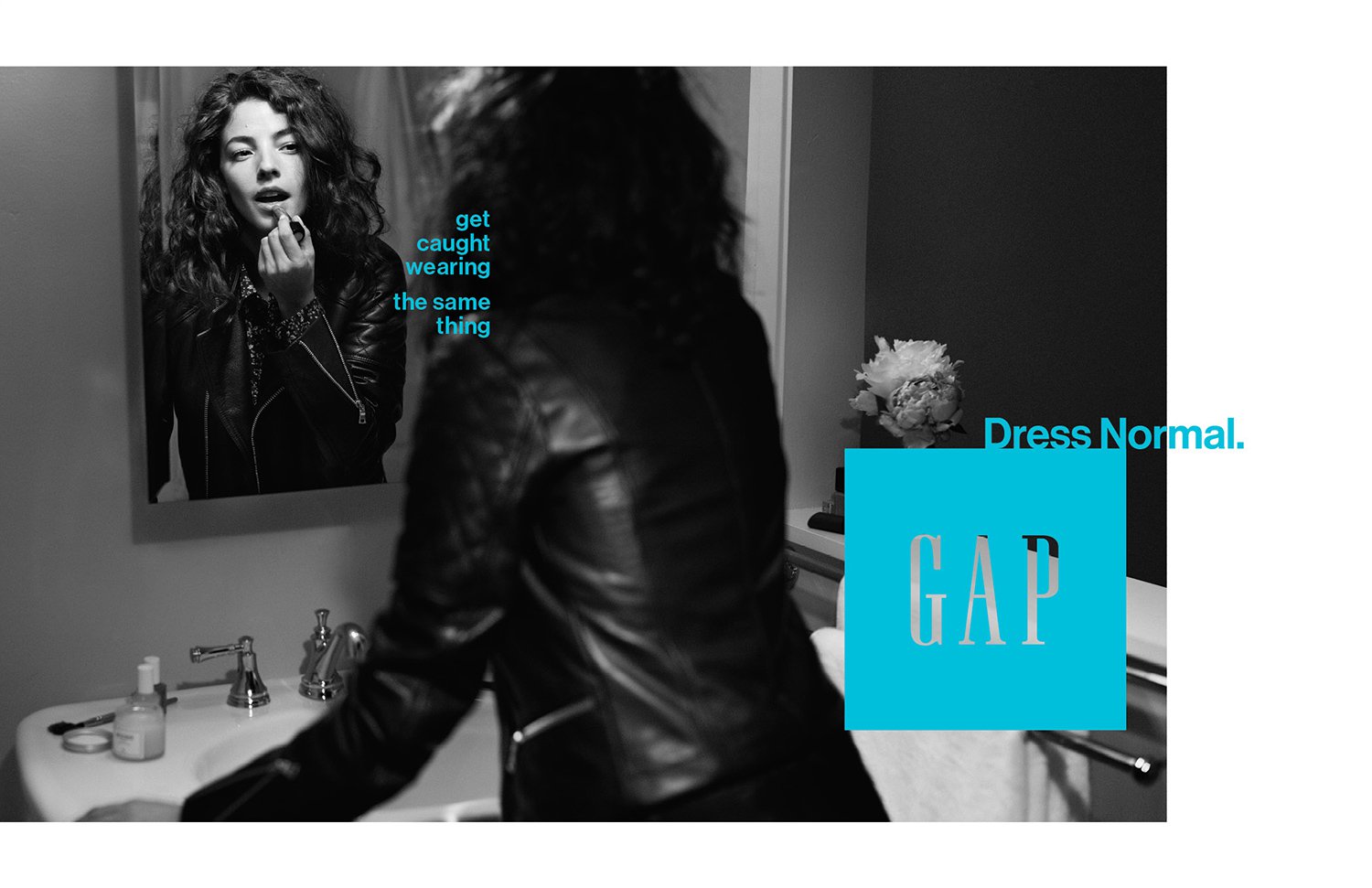Gap launched a Fall advertising campaign in 2014 that controversially lauded banality in clothing. The “Dress Normal” campaign urges people to “let your actions speak louder than your clothes” but has many wondering, what’s the deal with Dress Normal?
Featuring four films by David Fincher, most recently of Gone Girl fame, the innovative spots mark Gap’s return to television. The films are beautifully shot and cryptic–leaving much to the viewer’s imagination.
In addition to the films, the campaign includes print, digital and social elements like the Dress Normal Project pop up shop.
The ads are designed to appeal to a wider audience and entice the millennial market into the store by drawing inspiration from the “bold and honest spirit” and “authenticity” of the demographic.
Although third quarter 2014 numbers have slightly dipped in sales, we wondered what kind of effect the campaign had online, and if the retail giant had achieved its goal of reaching a new audience, so we took a quick look at the data to gain some insights into the social landscape surrounding Gap and the folks behind the #DressNormal conversation.
Gap is faced with the challenge of maintaining the integrity of its iconic brand while appealing to an increasingly younger and more opinionated customer. Gap’s audience data shows that the brand loyalists are mostly female, skewing younger than earlier years.
It is also worth noting that the second most prevalent demographic is the hispanic millennial–an increasingly more important market over the past two years.

Most of Gap’s audience falls within the Arts and Music persona. Characterized by their quirky interests in fashion, luxury and politics. The audience prefers casual, feminine styles with an affinity for channels like Etsy and EBay, suggesting a penchant for DIY fashion and creative ways to stay trendy.
Common topics of conversation are unapologetically wholesome. The most popular conversation appears to be coming from a younger audience that eagerly anticipates a day at school.
The second topic could be generated from a more mature segment of the audience. Words like “make”, “work”, “give” and “change” imply a broader view of the world than concerns suggested by the first topic. The third cluster reflects an audience of digital natives. Social sensations Carter Reynolds, Cameron Dallas and Bethany Mota are hugely influential within the millennial demographic.

The Gap audience is young, unconventionally conventional with an interest in style but not keen on spending big on luxury. The audience values good taste and community. With the campaign, the audience was able to connect with the understated, printed advertisements, and engage with the movement with a quick reference to the #DressNormal hashtags.
Based on the data, one suggestion for future projects would be to sprinkle social celebrities and local influencers into their campaigns to encourage engagement with a more digital audience.
By leveraging audience insights, Gap was able to create campaign messaging that resonated with its loyal and aspirational customer bases.
See the platform in action by requesting a demo below.



Recent Comments